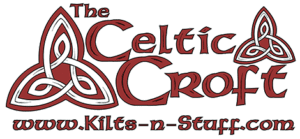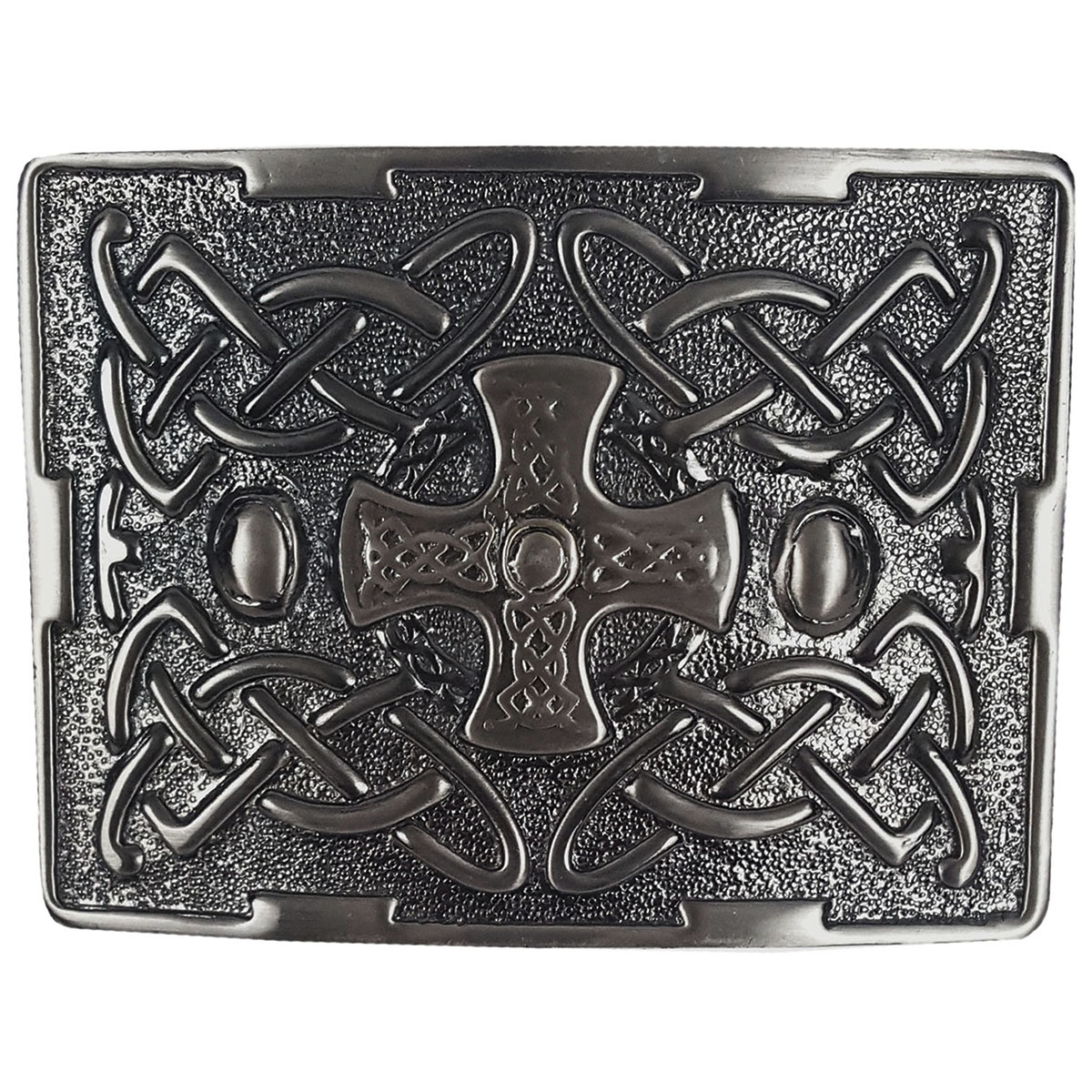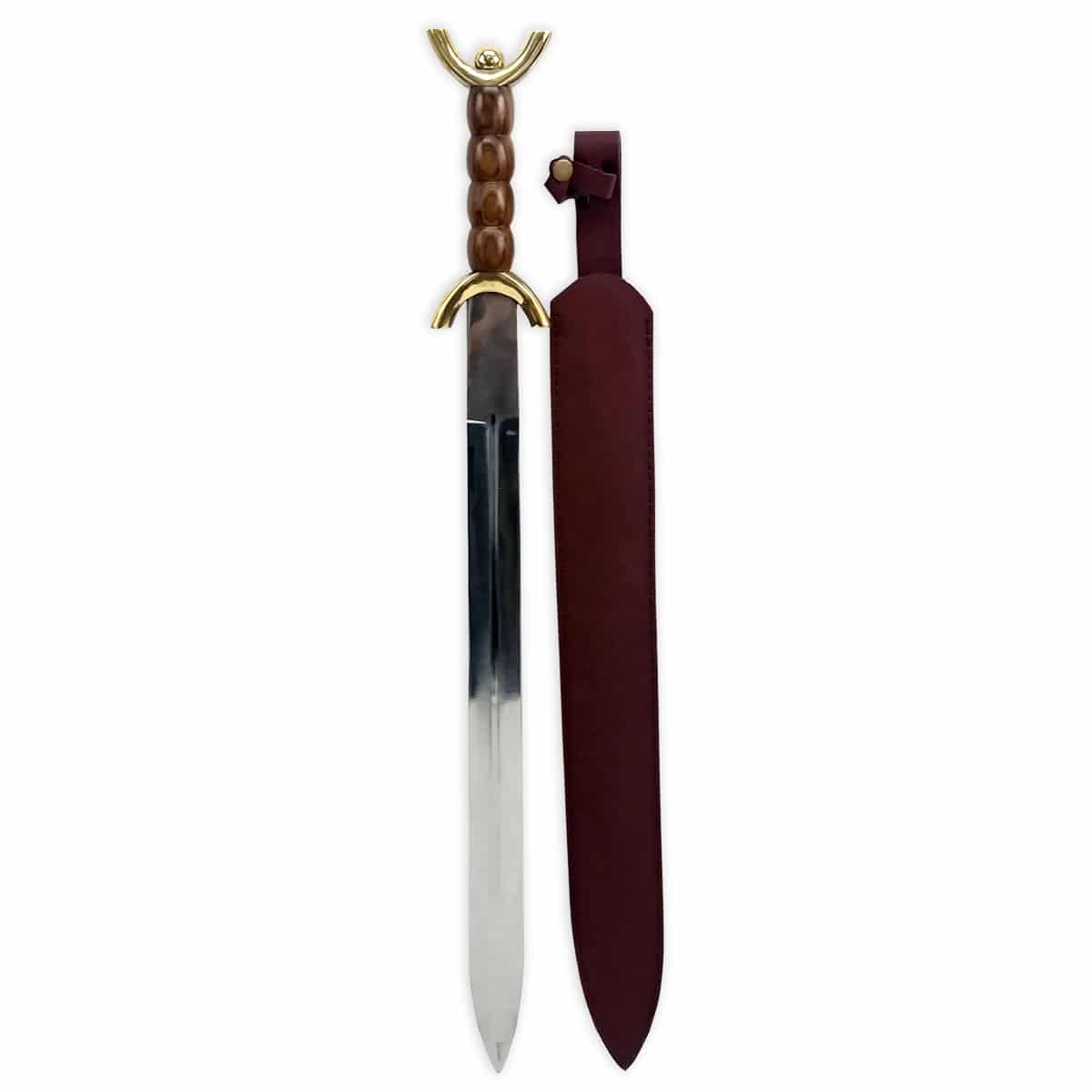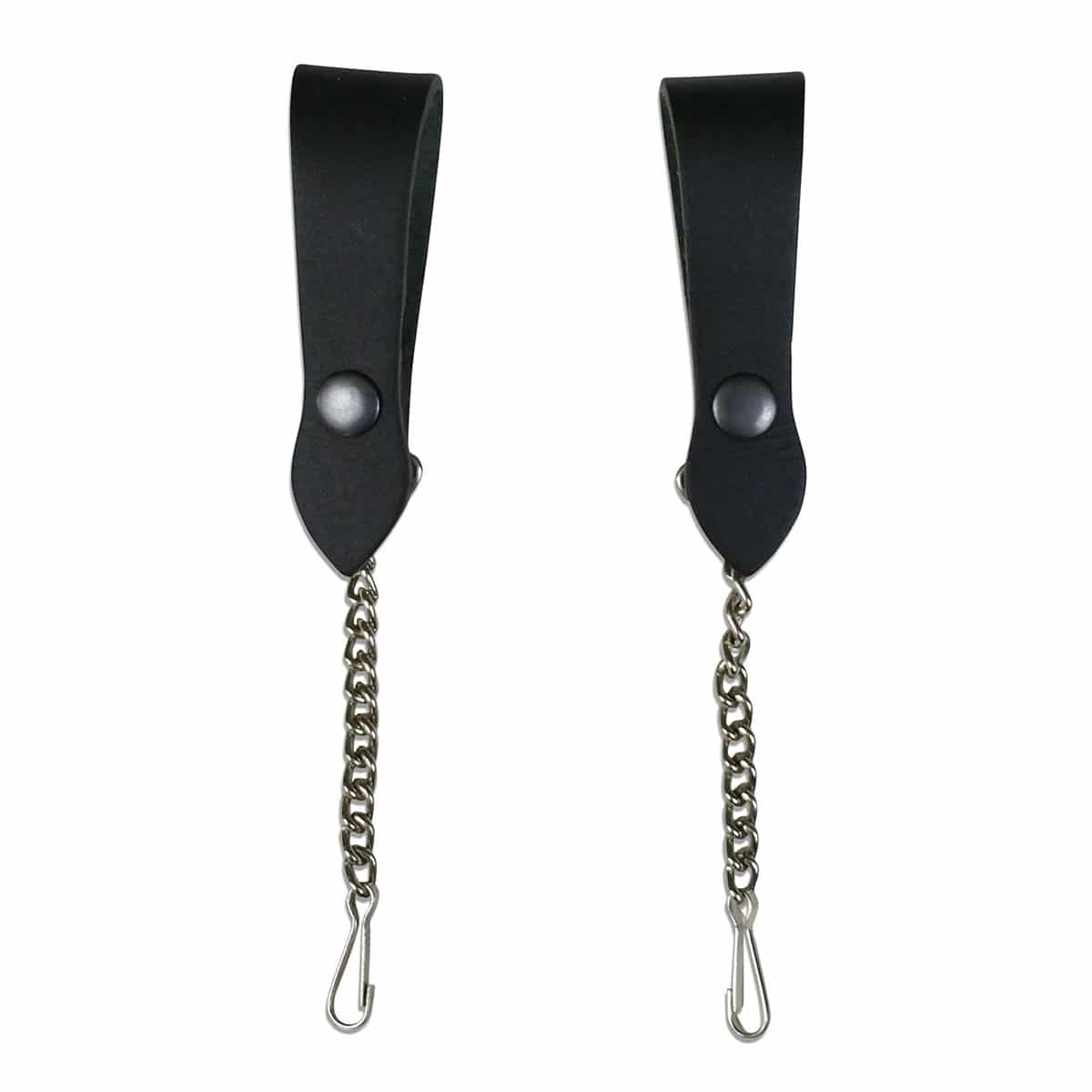Originally published August 2006.
Houses in Early Medieval Ireland
During the last fifty years about 250 houses dating from the early Medieval period of Ireland have been discovered and excavated, providing some insights into the way of life during that time. Most of these houses were located in ring forts, ecclesiastical enclosures, or the island habitations known as “crannogs” and date after the seventh
century AD.
These houses were circular, and about 6 to 7 meters in diameter, with walls consisting hazel rods woven together in a wicker-like manner. Foundations for these types of houses have been exposed in excavations showing arcs of holes for the upright posts of the wicker walls. Occasional larger figure-eight shaped structures have also been discovered in which the smaller room was used as a back room or kitchen area which is probably the “backhouse” that was mentioned in some early Medieval written sources.. The houses do not seem to have been further divided into rooms, but the remains of post holes in the ground suggest beds, or sitting areas against the inside walls.
One of the most significant of these finds is a group of houses which were discovered in the excavation of a ring fort at Deer Park Farms, Glenarm, County Antrim in 1986-87. This find has gone a long way towards confirming the theories that previously could only be speculated on based on remains of post holes in the ground. As a result of tree-ring dating techniques, the surviving timbers from a door frame showed that the tree have been felled in approximately AD 648. At some point, the residents of the Deer Park Farms site decided to raise the elevation of the surrounding ring fort. and the houses were emptied of re-usable materials and filled with gravelly soil. The fill material was apparently taken from a ditch that was dug around the ring fort. As a result, the buried lower walls of the houses, the floors, and even bedding material were so well preserved that they appeared as if the site had only been abandoned recently.
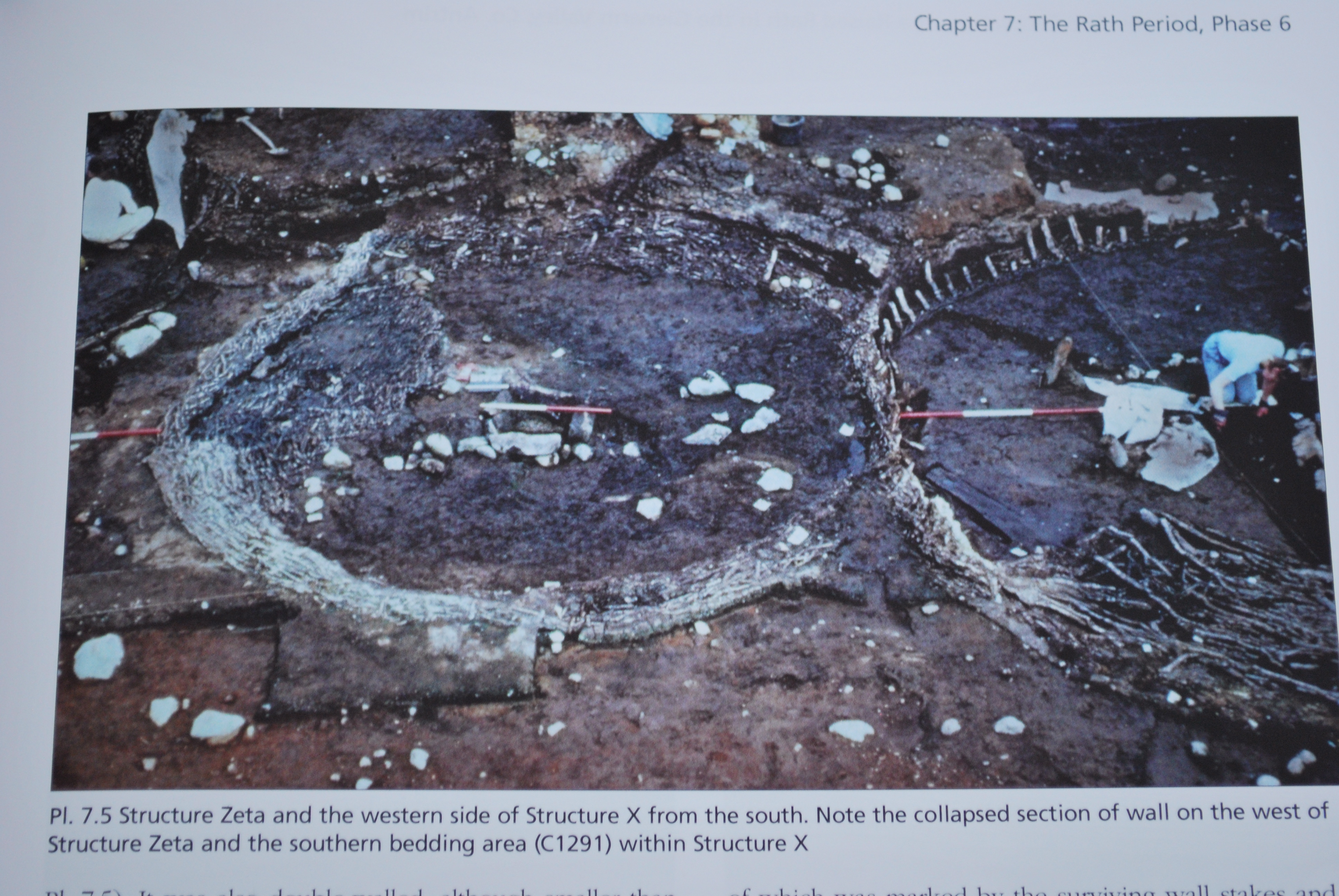
The houses of Deer Park Farms actually were of a double-wall construction with grassy packing for “insulation” between the walls. (Other evidence of double-walled construction have been found in the remains of largest known wicker house on the Moynagh Lough Crannog in County Meath.) The main house had a stone-kerbed hearth at it’s center and beds against the walls on either side. The beds consisted of a platforms of branches covered in twigs and vegetable matter reminiscent of a large bird’s nest. On either side of the large central house were two smaller houses each with stone pathways leading from the entrance of the ring fort.
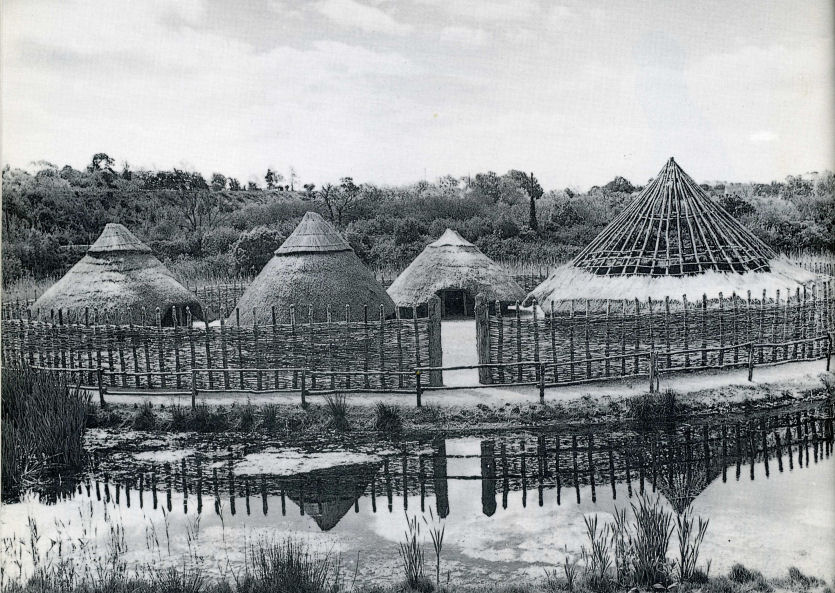
An interesting note about the houses is that there was little evidence of farming activities such as threshing winnowing, or grain storage, and it is believed that livestock were kept outside of the ring fort. There were signs of craft work taking place however in the form of staples used for fastening hoops on wooden containers, as well as unfinished staves other parts apparently intended for wooden tubs.
A seventh-century document, the “Crith Gabhlach” describes the household of a young or lower noble as having a a house around 19 feet across with a “back house” about 13 feet across. The house was to be interwoven and the owner would have a share in a kiln, a barn and a mill. -One of the most significant finds at the Deer Park Farms site
was a discard hub and paddle from a horizontal watermill. Thus it seems fairly clear that the Deer Park Farms houses seems to conform with that of a lower level landowner and his family.
